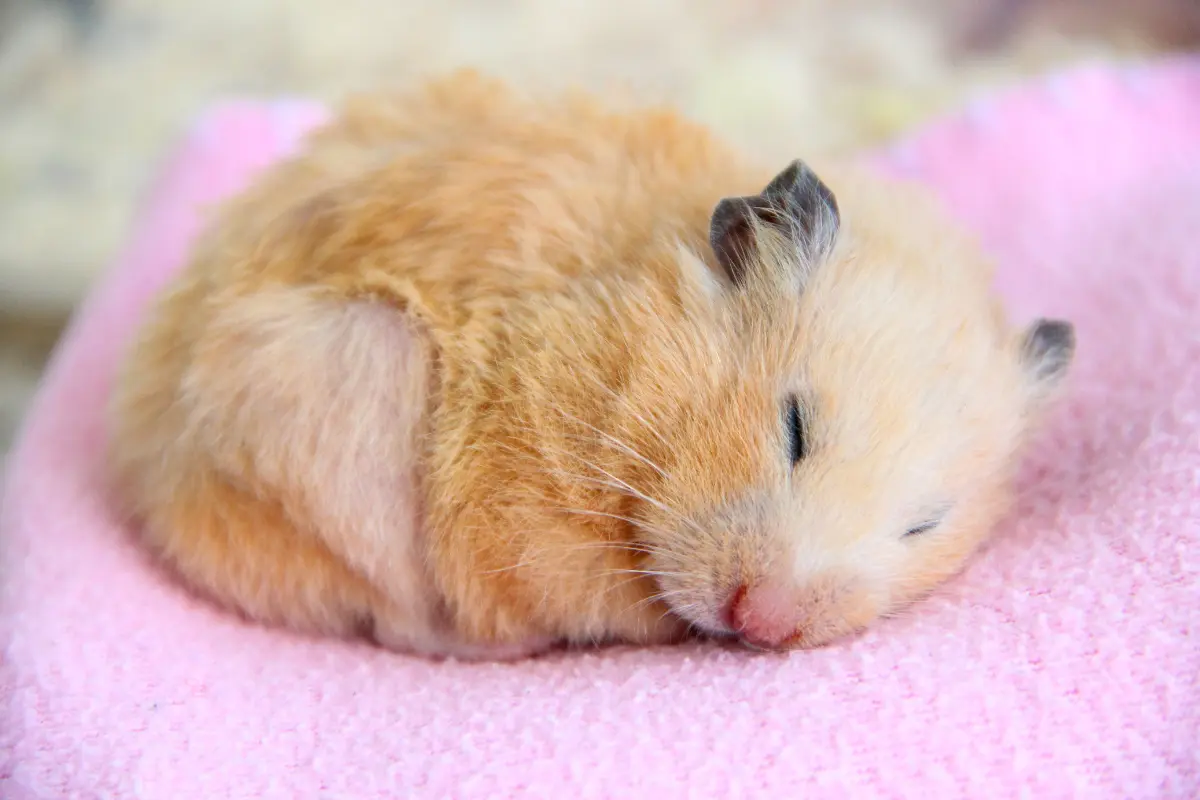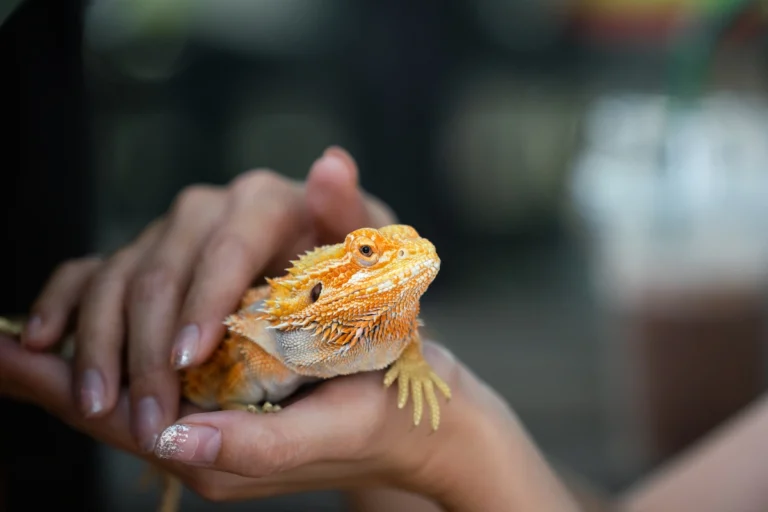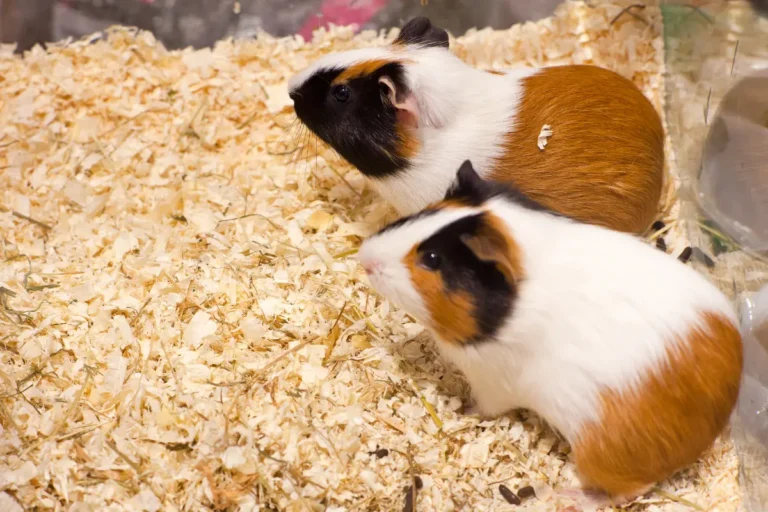Do Hamsters Hibernate? A Comprehensive Guide to Torpor vs. Hibernation
When people talk about hamsters hibernating, they are usually referring to a state known as torpor, not true hibernation. Torpor is a hibernation-like state, but it is much less extreme. It involves a temporary drop in body temperature and metabolism, usually as a response to unfavorable environmental conditions.
Let’s explore the difference between hibernation and torpor, and how it applies to hamsters.
What Is Hibernation?
Hibernation is a prolonged, deep state of dormancy that some animals enter to survive harsh environmental conditions, usually cold winters with limited food supply.
During hibernation, the animal’s body temperature drops significantly, heart rate and respiration slow down, and it does not need food or water for an extended period. Groundhogs and bears are prime examples of true hibernators, entering a deep sleep throughout the winter months.
What Is Torpor in Hamsters?
Torpor, on the other hand, is a short-term, less extreme version of hibernation. This state, often referred to as “temporary hibernation,” is common in animals like hamsters.
While in torpor, a hamster’s body temperature and activity levels decrease significantly, but they remain conscious enough to rouse briefly if needed. Unlike hibernation, an animal in torpor may need food or water during the process.
Torpor is typically triggered by environmental stressors. For hamsters, this could mean:
- Extreme cold temperatures: If your home is cooler than the ideal temperature range for hamsters (65-75°F), your hamster may enter torpor to conserve energy.
- Lack of food or water: Hamsters that are deprived of sustenance can enter torpor to avoid expending energy when they have none.
- Shortened daylight hours: While not as commonly triggered by light alone, changes in the length of day can influence a hamster’s circadian rhythms and trigger torpor.

Do Hamsters Hibernate?
The short answer is no — hamsters do not hibernate in the way that animals like groundhogs do. Instead, they enter into torpor. Torpor in hamsters is not a natural, regular event in well-maintained homes. If your hamster is healthy and living in a warm, stable environment with food and water, they will not enter torpor.
Hamsters in torpor can look almost lifeless, which is why some owners mistakenly believe their pet has died. They may appear limp, cold, and barely breathing, which can be alarming. However, this is often a sign of torpor, not death.
Signs of a Hamster in Torpor
A hamster in torpor will appear limp and lifeless, which can cause panic in owners who may mistake this for death. However, there are distinct signs to look for to determine whether your hamster is simply in torpor:
- Cold Body Temperature: A hamster in torpor will feel cold to the touch.
- Slow or Labored Breathing: Their breathing may be barely perceptible, and it can appear as if they are not breathing at all.
- Limp Posture: The hamster’s body will appear slack, and it may not move when touched.
- Twitching Whiskers: In some cases, you may notice slight whisker movements, indicating that the hamster is still alive.
Importantly, a hamster in torpor will not exhibit signs of rigor mortis, a stiffening of the muscles that occurs after death. If your hamster is stiff and unresponsive, they have passed away.
How Long Does Torpor Last in Hamsters?
The duration of torpor in hamsters varies depending on the severity of the conditions. In most cases, torpor lasts no longer than 24 hours. However, in harsh environments, such as extremely cold temperatures or inadequate food supply, torpor may persist for several days. It is essential to address the hamster’s condition quickly because prolonged torpor can deplete the hamster’s energy reserves, putting its health at risk.
Syrian hamsters, known for being more prone to torpor, may not be able to remain in this state for extended periods, unlike wild hamsters that experience true hibernation. For domestic hamsters, torpor is an emergency response to temporary conditions and should not be allowed to last for too long.
How to Handle a Hamster in Torpor
If you suspect your hamster is in torpor, there are steps you can take to safely help them recover. However, it’s crucial to handle the situation carefully. Warming a hamster too quickly can cause serious health issues, including heart failure.
- Confirm Torpor: First, make sure the hamster isn’t dead. A hamster in torpor will have slow breathing and might appear limp, but if you see signs of rigor mortis (stiffness), your hamster may have passed away.
- Gently Warm Them Up: If the hamster is in torpor, it’s essential to warm them up slowly. The best way to do this is to syringe-feed them warm electrolytes (you can make a simple mix with sugar, salt, and warm water or use unflavored Pedialyte). This helps to gradually raise their body temperature from the inside. Administer small amounts every one to two minutes for about half an hour.
- Monitor Their Recovery: As your hamster begins to wake from torpor, they may appear wobbly or unsteady. Don’t panic — this is normal, and with time, they will return to their usual active self.
- Prevent Future Torpor: To avoid your hamster entering torpor, maintain a stable environment. Ensure that your hamster’s cage stays between 65-75°F, provide fresh food and water regularly, and keep them in an area where they won’t be exposed to drafts or extreme temperatures.
The Dangers of Forced Torpor
Some people may be tempted to deliberately put their hamster into torpor, either out of curiosity or misinformation. However, this can be extremely dangerous. A hamster left in torpor for too long without intervention may die from hypothermia, starvation, or dehydration. Torpor is meant to be a survival mechanism, not a state to induce for fun or experimentation.
If you notice your hamster becoming unusually lethargic or cold, it’s essential to act quickly, but carefully. Never force your hamster into torpor, and always ensure they are in optimal living conditions to prevent it from occurring.
Conclusion
While it’s true that hamsters don’t hibernate in the traditional sense, they can enter a state of torpor under certain conditions. As a hamster owner, it’s essential to understand the signs of torpor to ensure your pet’s health and safety.
Keeping your hamster’s living environment at the right temperature, providing enough food and water, and avoiding stressful conditions will help keep them out of torpor and thriving. Always handle your hamster gently, and if you suspect they’re in torpor, act slowly and carefully to help them recover.






